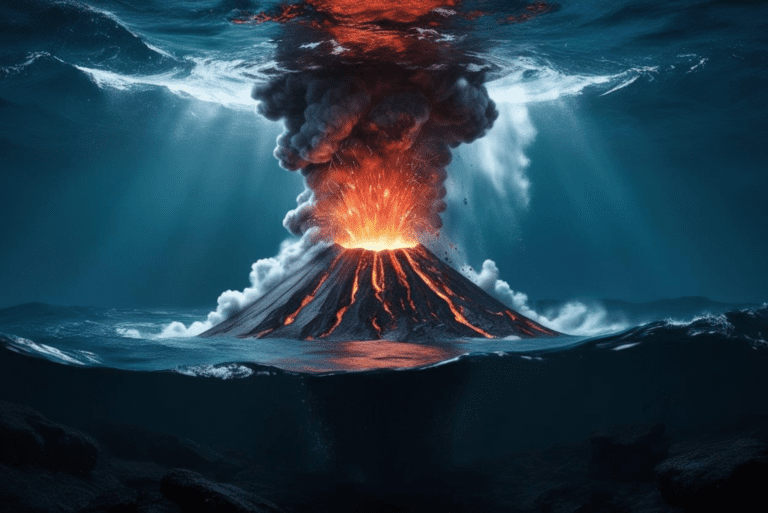Something is brewed hundreds of miles from the Oregon coast.
An underwater volcano known as the Axial Seamount shows signs of erupting quickly, NBC News reported.
According to Bill Chadwick, a volcanologist and professor at Oregon State University, scientists have seen signs of an eruption.
Breaking news. A story full of spirit. Subscribe to Charisma on YouTube!
“This volcano resembles a Hawaiian volcano that erupts highly fluid lava,” Chadwick told NBC.
“They tend to expand like balloons during eruptions. On the axis, the seabed is actually rising, and that’s a big signal.”
Just as you can hear everything about it, Chadwick said there is no danger in people on land, or even at sea.
“There’s no explosion or anything, so it’s not going to really affect people,” Chadwick said. “If you were on a boat across the sailors while it was erupting, you probably never know that.”
The University of Washington also said residents shouldn’t be afraid.
“The Northwest Pacific Ocean needs no concern about this event, as the eruption at Axial Seamount has nothing to do with seismic activity on the land.
Get our free charisma newsletter today! Stay up to date with current issues, Holy Spirit News, Christian teachings, charismatic videos and more!
“That being said, most of us are happy to stay safe from a volcanic eruption, but the researchers we spoke to wanted to see as much as possible.”
“Scientists are excited as they are giving windows to some of the most important geological and biological processes on Earth,” he explained.
Axial Seamount is declared “the most active submarine volcano in the NE Pacific, with known eruptions in 1998, 2011 and 2015,” according to a blog post by Chadwick and Scott Nooner at the University of North Carolina at Wilmington.
Because of that distinction, it is the home of the world’s first underwater volcanic observatory called Nemo.
Researchers at the US Geophysical Union Conference announced last year that the volcano was about to explode, IFL Science reported.
T cited Chadwick predicting that he is likely to be blown away by the end of 2025, but added that the publication would be difficult to predict a volcanic eruption more than a few hours ago.
When blown away, researchers look at surveillance equipment and collect data.
“The school has been working hard to get into,” said William Wilcock of the University of Washington’s School of Oceanology.
This article was originally published in the Western Journal and has been reposted with permission.
Join Charisma Magazine Online and follow everything the Holy Spirit does all over the world!
